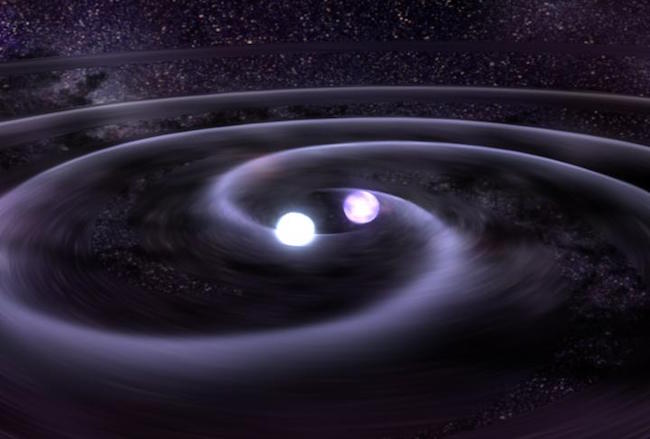γ
DARK PRECURSOR 2
[from Dark Precursor 1] In other words, what is this mysterious dark silence forerunning Apollo’s dazzling beam and the apparition of Anafi?
“Between two potentialities a phenomenon occurs, defined using the concept of a “Dark Precursor”. The Dark Precursor creates relations between different potentialities and once the Dark Precursor has passed through, creating an itinerary, the two potentialities enter into a state of reaction and between the two of them the visible event sparks: the lightning. First there is the Dark Precursor, then the lightning. This is how the world was born. There is always a Dark Precursor that no one can see and then there is the lightning that brings the light. And this is the world. And this is what thinking should be, this is what philosophy should be. “ (Gilles Deleuze, Abécédaire, Z, 1996. Transcription and translation by Piergiorgio Pepe.)
BUSTE FUNÉRAIRE
The Strangford Apollo of Anafi has arguably received most of the attention when it comes down to the archeological sculptural patrimony of Anafi. It suffices to google “statue Anafi” to obtain numerous pictures from the British Museum male statue. Similarly, several academic references exist for the Apollo. But at least three other statues from Anafi are known to exist. One of them, currently at the Louvre, is a female head which was probably used for funeral purposes, or so argues the only article I was able to locate on the statue, a French article from 1901. (Piergiorgio Pepe’s notes, quoting Maximilien Collignon, “Buste funéraire grec du Musée du Louvre”, Revue de l’art ancien et moderne, Tome IX, 1901, Paris.)
ABOUT 1.3 BILLION YEARS AGO… PART II
Nothing escapes a black hole1. How then can we prove their existence? We cannot expect to “see” a black hole [1], since light certainly does not escape, however, black holes can produce measurable gravitational waves.
What are these waves? One can think of spacetime as the curves that things fall along around objects. This is why we say that spacetime is curved around stars and planets, because the trajectory for example of an asteroid passing near earth will curve because of earth’s gravitational force. Now imagine two large objects, like two black holes, circling around each other due to the gravitational field and finally colliding to become a single more massive object. Then, spacetime curvature would change and this change creates waves that propagate through spacetime with the speed of light. Nothing very different than two tennis balls floating on water and starting circling each other faster and faster, creating waves in the surface of the water that propagate towards the outside.
Gravitational waves are quite common but even the strongest ones have a tiny effect and are usually too far to be detectable on earth. But, “about 1.3 billion years ago two black holes, swirled closer and closer together until they crashed in a furious bang.”
It lasted a few seconds and the gravitational waves that were produced finally reached earth last year. The LIGO experiment, which measures very precisely the changes in the length of two long arms in perpendicular directions managed to capture the difference in the lengths which was “by a ten thousandth of the width of a proton, proportionally equivalent to changing the distance to the nearest star outside the Solar System by one hair’s width.”
If this collision had happened 1.30000001 billion years ago, or somewhere closer to earth, then these waves would have reached earth a few years earlier, before the LIGO experiment, and they would have passed undetected. What can be seen at any historical moment depends on the conditions that enable things to become visible. (Iordanis Kerenidis’ notes, based on various sources.)
[1] Despite its authoritative sounding, strictly speaking, the above statement may not be true. The information paradox deals exactly with this fact: if nothing escapes a black hole, then the information of a system that falls into it must get lost. But since quantum mechanics postulates that information cannot be lost, we end up with another conundrum, or else another reason to deny science of its “fetish of objectivity”. One should rephrase the sentence then to: we believe nothing measurable escapes a black hole.
January 2017

